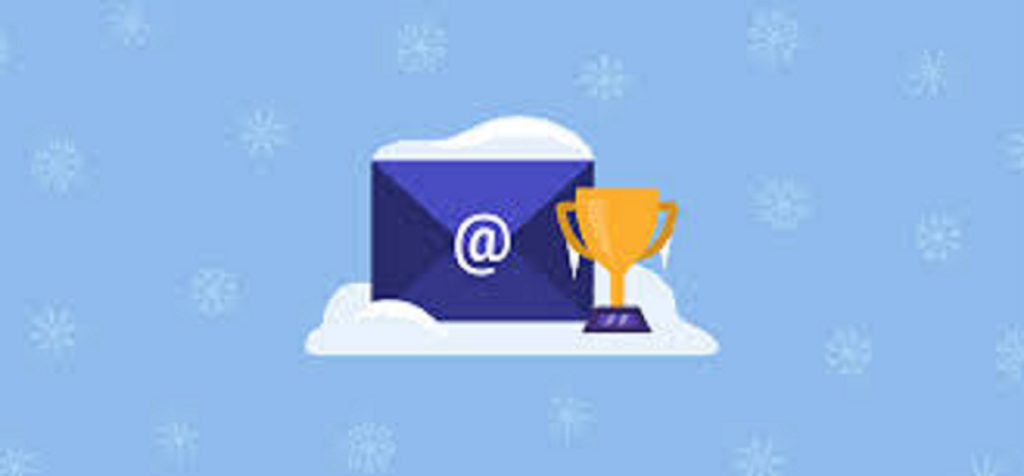When trying to generate commercial solar leads, it can be challenging to navigate the many strategies and determine what element to apply.
You send a lot of cold emails only to get a few responses. Even statistics show that, on average, only 1 to 2 percent of cold emails get responses. That’s a low figure!
If you don’t get responses, you’re likely doing something wrong! To get responses, your commercial solar cold email must be short yet compelling and engaging. Consequently, every part of the message must be meaningful and play a vital communicative part.
Do you know you could get at as much as a 60% response rate from cold emails? Yes, you can! But only if it is done the right way.
So, if you don’t know how to craft effective cold emails, now is the time to learn how to.
Check if you know these 5 essential elements for writing a constructive commercial solar cold email that works.
But to start with, let’s take a look at what a cold email is…
What Is a Cold Email?
To understand what cold email is, let’s picture how business relationships begin. It often starts with a conversation.
Let’s say a salesperson decides to attend a business conference to meet potential customers. First, he will search for ways to initiate a conversation.
The purpose of starting a dialogue is not to deliver a spiel in promotion of his latest offerings, but to build rapport and learn more about the prospect’s company.
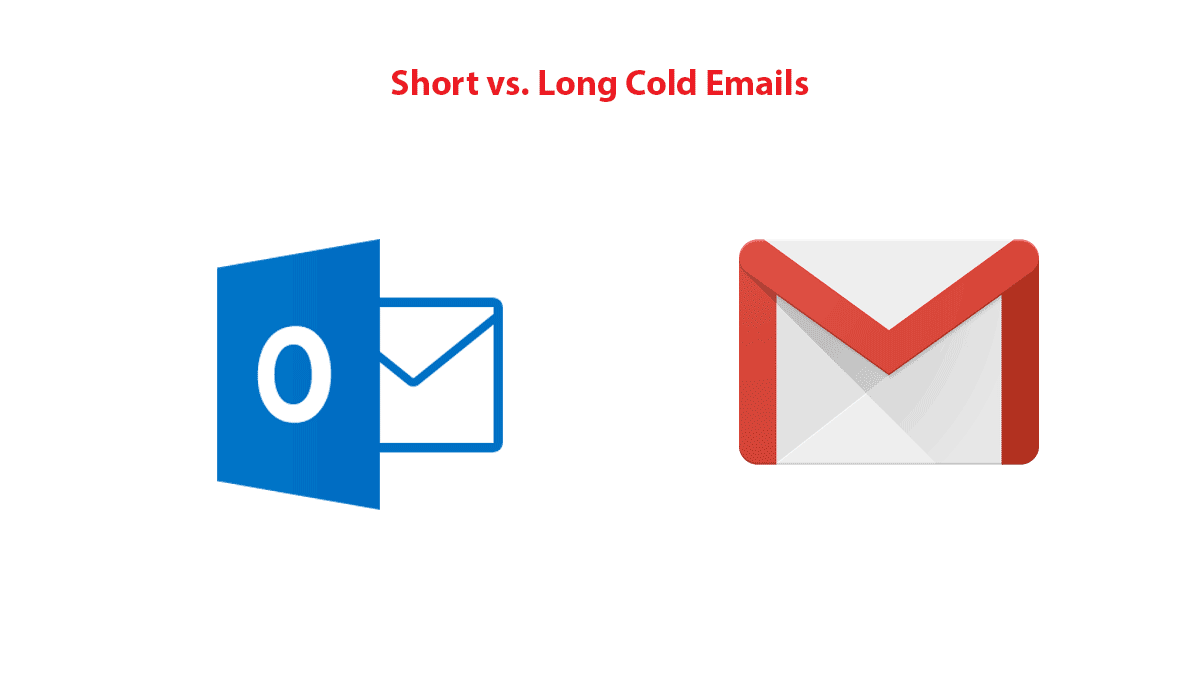
Cold calls and cold emails follow the same concept. Cold email, however, is a way to begin a dialogue through emails.
It’s a message you send to companies who don’t know about your services. And the intent is to warm leads up, creating a relationship from strangers to business partners.
If your message is too salesy, it will fail. A one-size-fits-all cold email won’t work either. Personalization is crucial, and it is what gets you the results you want.
Now, let’s discuss the fundamental elements for writing commercial solar cold emails.
What are they?
Vulnerability
Vulnerability is a vital element for writing a commercial solar cold email. You’ve done your research. You know what your prospect does and why they need commercial solar leads. With the gathered information, you’re confident that you’ll get a response.
However, before you write that email highlighting why they need your services, take a deep breath. Set your facts and figures aside because they could be wrong!
Most of what you used to profile this prospect are assumptions. Even though you feel they lack some tech infrastructure doesn’t mean that they’re experiencing technical problems. In commercial solar lead generation, your facts must be accurate. “Wrong” should never be an option.
In essence, don’t be the Renaissance man or woman. No one still likes a know-it-all, least of all your prospect. Vulnerability means showing your prospect that you don’t know it all. Most cold emails that show vulnerability have a higher chance of getting results.
Why?
Vulnerability is a powerful emotion that creates a real connection between you and your prospect.
A few phrases that show vulnerability include:
- “I think I could be wrong, but… …”
- “I don’t know if you’re looking for new information on (service), but… … “
- “Is this worth a conversation… …?”
- “I don’t know if this is the right time… …”
Vulnerability removes the professional veneer and makes your prospect see you as another human who doesn’t know it all.
Readability
Clarity is crucial! If your prospect reads your email and doesn’t understand the message, you won’t get results.
Don’t give in to the need to sound “smart” with big words and technical jargon. It isn’t going to make you sound confident. On the contrary, your prospect will most likely get bored, confused, or embarrassed.
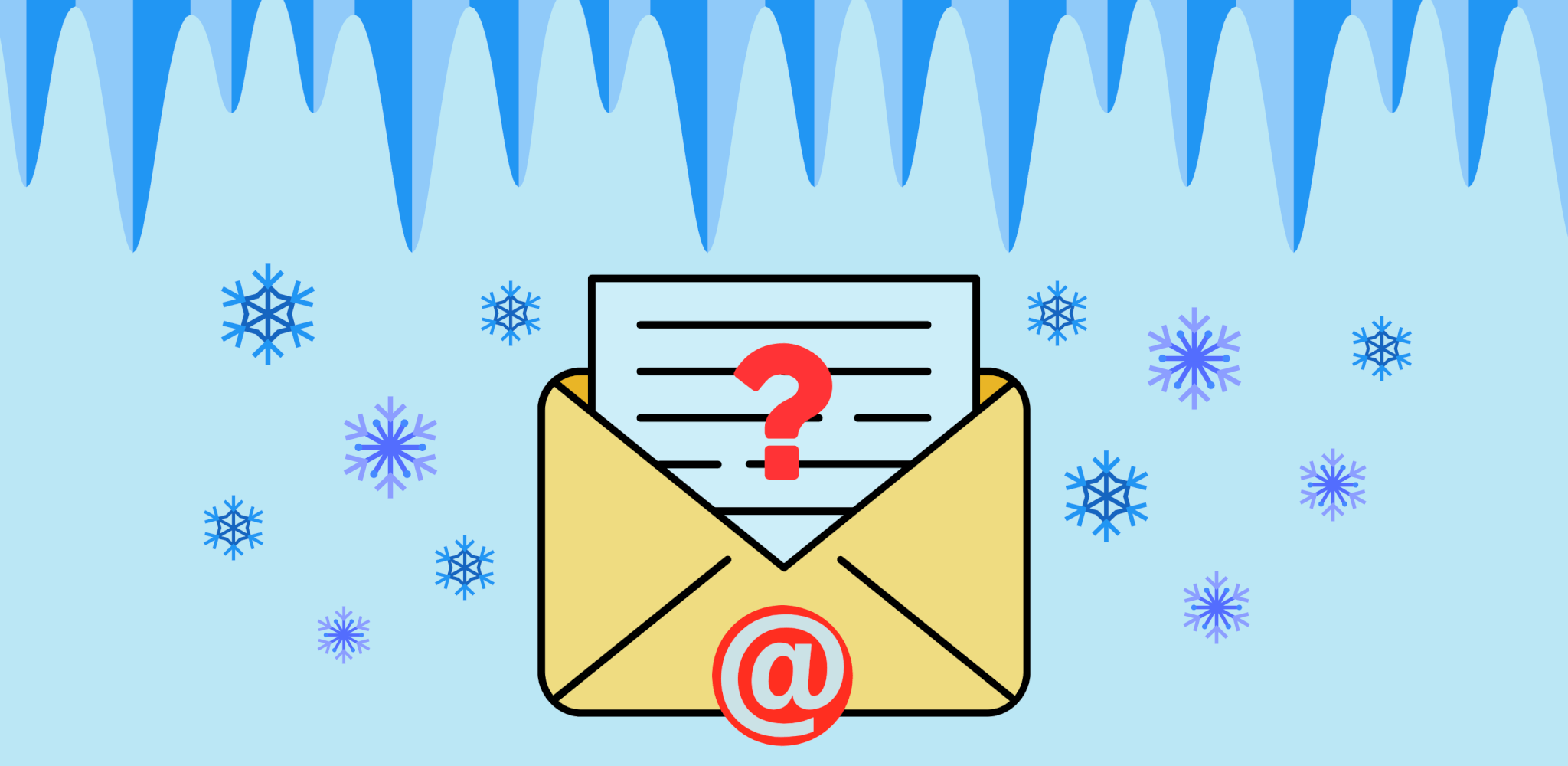
Here are some tips to help you sound readable.
- Use simple words as much as possible.
- Avoid clichés by all costs.
- Bypass the technical jargon and complicated explanations
- Use short, straight-to-the-point sentences
- Test your email’s readability with tools like Hemingway and Readable.com.
Credibility
You may likely not get a response if you don’t establish credibility. There are three ways to build credibility.
The first is “research.” Facts and figures don’t lie. Most importantly, they make you sound relevant. The second is “names,” while the third is “numbers.”
To illustrate further, look at this example
“Companies cut down electricity bills and were able to make more profit.”
Your prospects will reckon that companies that cut down electricity bills make more profit. However, using facts, names, and figures
will have more impact.
Instead of the statement above, try this…
“We helped (include business name) reduce their electricity bill resulting in an increase in profit by 25%.”
The names and figures are familiar to your prospect, making it easier to establish credibility.
Length
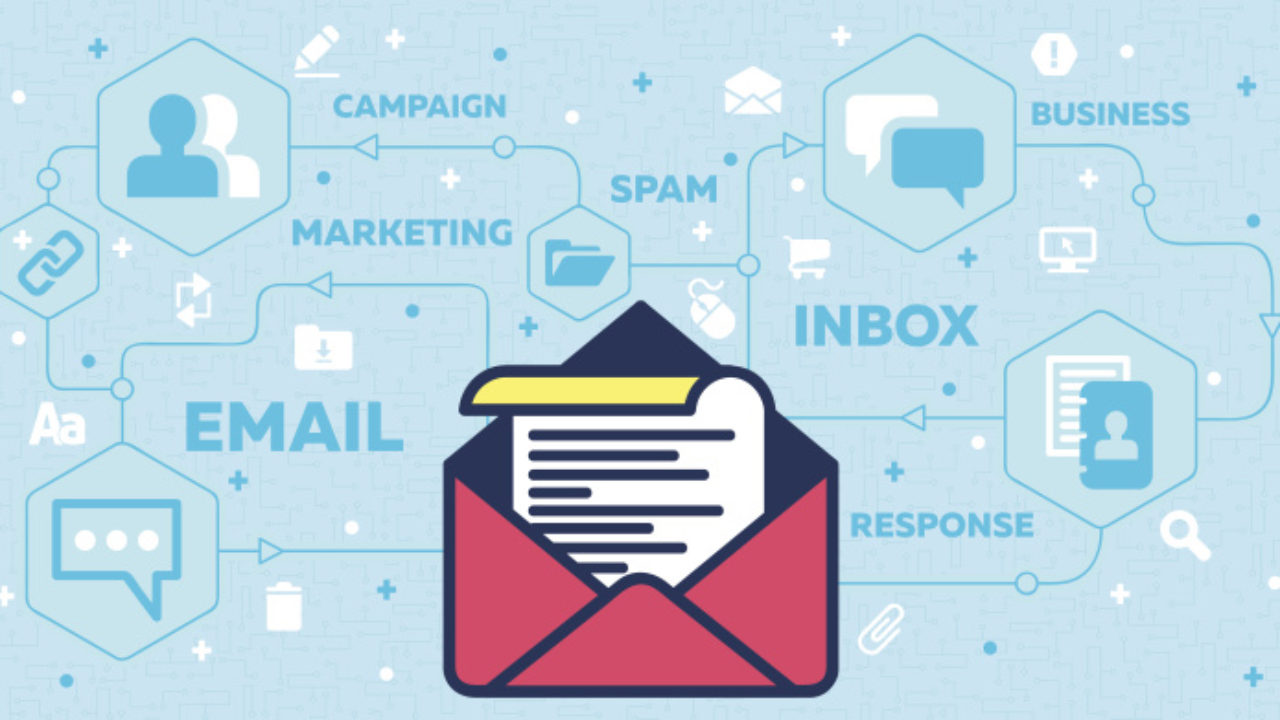
In commercial solar lead generation, the length of your cold email is essential. The amount and type of information you give is equally as crucial.
As stated earlier, your first cold email is a means to initiate dialogue with your prospect. You’re not going to start pitching your services in the beginning, that’s unprofessional. The goal is to get a response and a meeting, and pitching comes after getting a response.
There are too many spam emails out there, let’s not add more. A long winding aggressive email isn’t going to endear prospects. Some prospects can mark your emails as spam, which will eventually reduce your reputation score.
If this happens, most of the emails you send out to other prospects will be treated as spams – yikes!
So, make your email short, detailed, and less salesy. The ideal word count for a perfect cold email is 60 to 70 words. Anything shorter or longer might not give optimal results.
Request
Your CTA can either make your prospects take the next action or send your email to the bin or archives.
If you include a lot of friction and you may lose interested prospects. Make it unconvincing, and you lose the chance to nudge leads that are likely to contact you. If it’s salesly, you may likely offend those who aren’t ready to buy yet.
When your prospects hit the reply button and schedule a meeting based on the call to action, that’s a successful, a cold email campaign.
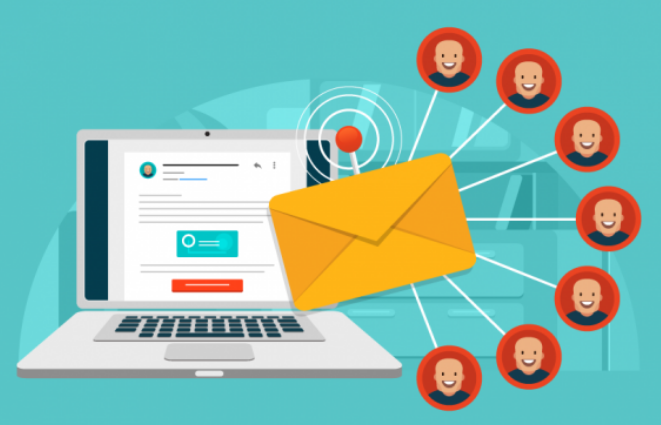
There are three types of acceptable Call to Actions.
- Not Specific
- Slightly Specific
- Very Specific
Your prospects may likely not respond to the “Not Specific” call to action. Since it is not specific, you’re placing a burden on the prospect to initiate the next stage. And that’s not the right call.
Some examples of non-specific CTAs include:
- Call me if you’re interested.
- Can we hop on a Zoom call?
The “Slightly Specific” call to action can encourage your prospect to respond since it reduces the burden on the prospect and offers two options for a meeting.
Examples:
- Would you be free by 10 am on Thursday, or 11 am on Friday?
- Can we meet at your office or do we meet at the luncheon next week?
While this CTA is better than the first, the prospect might not care to go through a back and forth to settle on a meeting.
The “Very Specific” call to action is the most effective. Providing a precise time and date is a great tactic to remove friction and set the stage for a meeting.
Some examples include:

- Would you be free from 2 pm to 3 pm to discuss this over lunch at The Orange room?”
- How about a quick 15 min call next Monday at 4 pm PST to discuss more?
Other examples of persuasive, short, and crisp call to action are;
- Contact me if you have a question.
- Please choose your preferred date and time using this link
- Who do you suggest I contact to take this forward?
- What are the results you’d like to see?
- Can I forward a presentation that shows how we can raise your conversion rates?
The right call to action makes all the difference. Always write a CTA that reflects your prospect’s state of mind, and he or she won’t be able to resist hitting the reply button.
Final Thoughts
Follow up! Most B2B company decision-makers get lots of emails; your emails can get lost in their inbox, or some might forget to respond.
So make sure you follow up. You can send about three follow up emails before you give up.
A response may ensue after a follow-up email, and you could go on to make one of the best business deals. Persistence pays off!
You can beat the odds in commercial solar lead generation by using these five elements to create an effective cold email.
Good luck!
